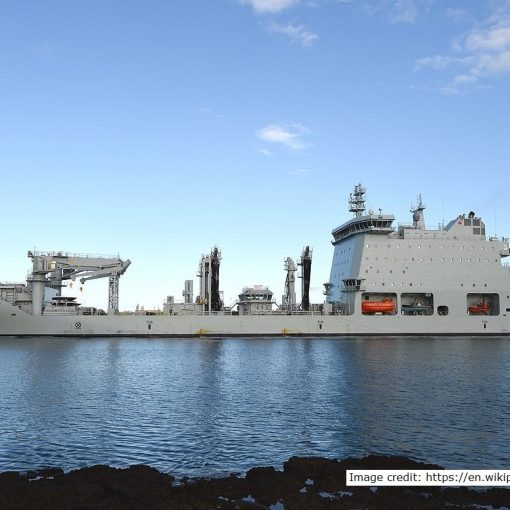By Mikael Perron, 22 July 2024
Following my previous post about the Vigilance-class, let’s now take a closer look at Flight II. It is quite interesting that there is such a lot of capability for such a small ship, and that usually requires many specialized sailors for maintenance and operation. I would be curious to get more details on it. That being said, if we consider that the first River-class destroyer won’t be available for service before 2035, that the Halifax-class ships are wearing out as the days go by, and that our allies are expecting to see us by their side much sooner than later, this option becomes much more interesting. As proposed, they offer credible capabilities up to medium threat by themselves and even more in cooperation with larger platform or as a small task group.
Canada wants to show the flag as much as it can and such a ship would allow us to participate to many more missions at any given time. We could easily deploy such ships to different NATO squadrons in the Baltic or Mediterranean Sea. Their small size makes them perfect to protect commercial shipping in areas such as the Red Sea and the Strait of Hormuz. While their gun fit is more than well suited to face swarm tactics, sea and air born drones, their NS100/stir radars combined with Sea Ceptor missile is more than enough to defeat anti-ship missiles and aircraft as the Type 23 frigate HMS Richmond proved in the Red Sea last spring. The capability to deploy MK 70 payload module could give them the possibility to extend their defensive range by fielding ESSM missile or even (although in limited number) SM2 missiles. If fitted with CEC they could augment fleet AAD using data from more advanced ships such as American or Canadian destroyers.
Another situation where they could be very useful is by patrolling our own backyard thanks to their ASW package. There are never too many sonars looking out for prowling submarines. After all, the most dangerous section of the Russian fleet is its submarine forces. CAPTAS 2 is among the best sonar out there nowadays.
If we turn our attention to the Pacific Ocean, their relatively long-range capability is definitely a great asset. They could also prove very useful in an access denial scenario where we need a large number of ships spread over a very large area of the ocean. They could conduct some hit-and-run missions thanks to their NSM payload or with some Tomahawk trough MK 70 payload. They could also protect other assets, again using the MK 70 payload with ESSM and SM2 missiles. They would also be useful to carry Special Forces into a tight spot using their large RHIB carrying capabilities.
These are only a few way to use them. But here is now a new difficulty! Since the River-class destroyers won’t be using Sea Ceptor missiles any more, it would be much more of an effort to keep an inventory of CAMM missiles than some 40 mm rounds! If the CAMM missiles of the Vigilance-class would be replaced with RAM block II of the River-class, it would mean a much shorter self defence range and especially the lost capability of defending other ships unless it carries ESSM trough MK 70 payload modules! Ideally, they should be fielding the CAMM missiles so to make a credible replacement for a Halifax-class ship on any given mission.
I would see a combined, Flight I & Flight II force of 18 Vigilance-class vessels. And to support such an extended fleet, I would propose to purchase and commission MV Asterix as HMCS Provider. While Seaspan Shipyard has too many ships to build in order to build a third JSS, Asterix is readily available and more than capable of doing the job. The actual lease agreement being way too expensive, it is only logical to purchase it to operate it further. We could consider only to lease the civilian navigating and marine engineer staff. There is plenty of room on the ship to fit it with the self-defence suite of the Protecteur-class or the Vigilance-class Flight I. I could easily see a HMCS Provider supporting a task group of 3-4 Vigilance-class ships spread over European waters. It could carry all of the different mission modules in its cargo hold.
For more discussion, see my next post…





One thought on “Vigilance Class and the Possibilities: Part 2”
Hello again Mikael. Let’s begin by stating that the OPV replacement for the Kingston class that you are aspiring to, will not and cannot be a vessel with substantial AAW & ASuW capabilities with MK 70 VLS loads for ESSM & SM2 missiles. If you think yes, then you are giving this forum a lot of “something is rotten in Denmark” scatology. Do you really believe that Canada will acquire 18 of these Batch I/II vessels? We can’t even crew the CPFs we have now, let alone 18 ‘beefed-up’ OPV on steroids. The RN River-class OPVs that has been put forward by other forum members could & would be very suitable and capable replacements but only no more than 12 at best.